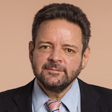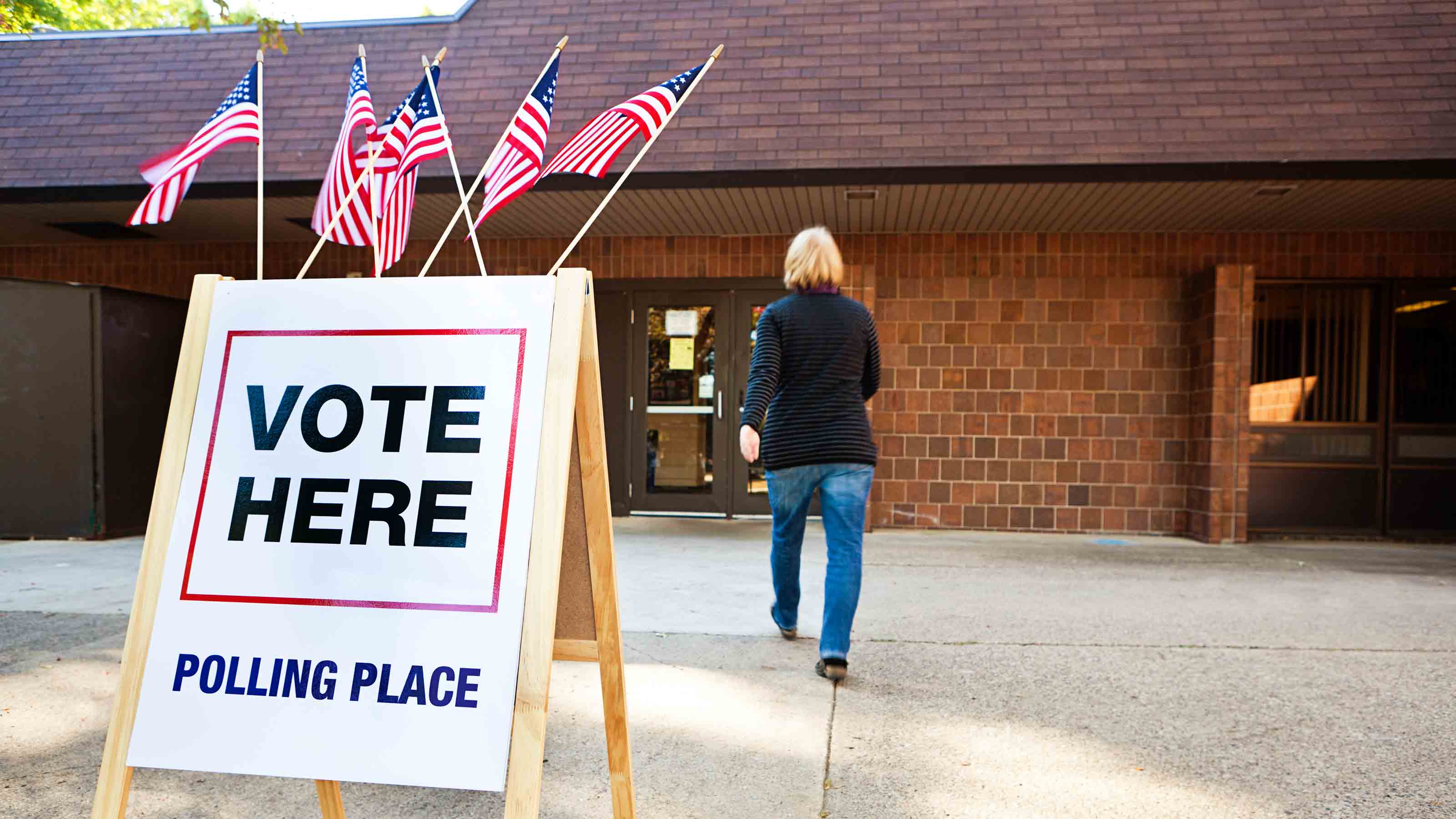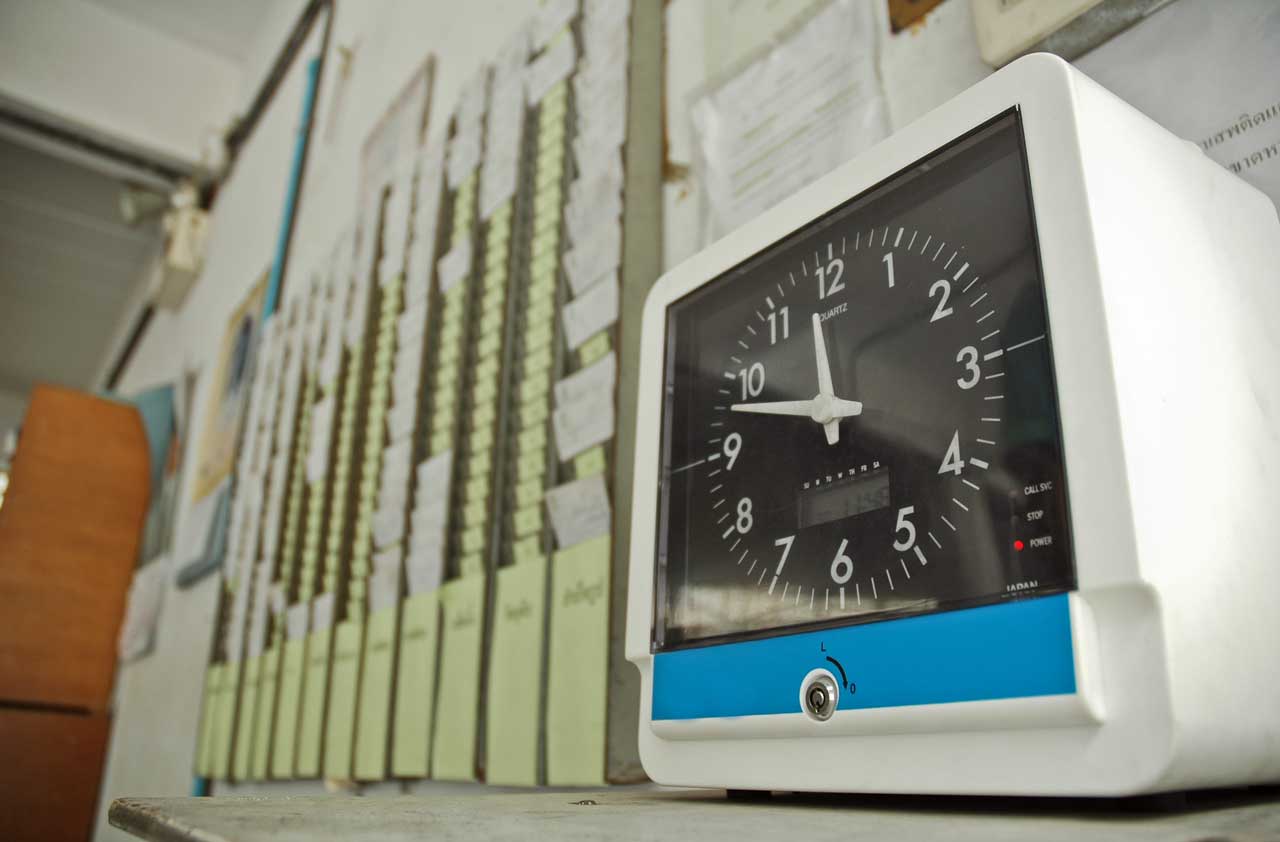Republicans Look to the Future
Don't be too quick to discount Republicans, despite big election losses, finger pointing, infighting and post-mortem gloom. Yes, the party is bruised, but it's not broken.

Don't be too quick to discount Republicans, despite big election losses, finger pointing, infighting and post-mortem gloom. Yes, the party is bruised, but it's not broken. And with Democrats running both the White House and Congress and no President Bush weighing them down, Republicans can use the next two years to rebuild and rebound with new faces, tested stars and a fresh, realistic and less ideologically fueled approach to fixing its tattered brand. Think of it as the Straight Talk Express with people other than John McCain driving. Here's what to look for and some people to watch:
Finding their center. Republicans will work to build the party around some common themes that are in tune with their ideology and that will sell well with the public -- fiscal conservatism in a time of trillion dollar deficits, a balance between environmental concerns and the need for economic growth, targeted job retraining, blocking defense cuts, education reform built on vouchers and teacher accountability and transparency in an age of unprecedented government intervention in the markets.
The race for the 2012 presidential nomination will begin early (it may have already) and of course, Alaska Gov. Sarah Palin will be in the spotlight. But she has an uphill battle and will face competition from former Mass. Gov. Mitt Romney and former Arkansas Gov. Mike Huckabee, who both ran in 2008. Minnesota Gov. Tim Pawlenty may also be in the mix. He's already criticized Palin, saying Republicans need to do more than rely on "drill, baby, drill" slogans for energy reform. Former House Speaker Newt Gingrich also shows signs of wanting to run, and undoubtedly several other governors and senators will test the waters.
From just $107.88 $24.99 for Kiplinger Personal Finance
Become a smarter, better informed investor. Subscribe from just $107.88 $24.99, plus get up to 4 Special Issues

Sign up for Kiplinger’s Free Newsletters
Profit and prosper with the best of expert advice on investing, taxes, retirement, personal finance and more - straight to your e-mail.
Profit and prosper with the best of expert advice - straight to your e-mail.
Beyond the presidential race, think of the Republican building effort in terms of three distinct regions:
Midwest and Mountain West: Republicans here are less driven by social wedge issues. They tout fiscal restraint, cutting pork barrel spending and consensus approaches to energy, immigration and tax reforms. Two new senators to keep an eye on are Jim Risch, R-Idaho, and Mike Johanns, R-Neb. Both plan on making accountability of the financial rescue plan and a housing-mortgage intervention a major focus. And both support stronger regulations. Indiana Gov. Mitch Daniels, a former White House budget director who backs public-private partnerships to fix state infrastructure is another to watch in coming years. Reps. John Shadegg and Jeff Flake of Arizona will lead House GOP efforts to strip wasteful spending from fat appropriations bills, a favorite cause of many fiscal conservatives. Freshman-elect Mike Coffman, Colo., is worth watching. He's less strident on the immigration issue and appeals more to western independents than the person he replaces, retired Rep. Tom Tancredo.
Northeast Republicans: There aren't many, true. There won't be a single Republican House member from New England next year. And Republicans will only hold three seats of 29 in New York. In 1996, they held 14 of 31. Still, the region can be a testing ground for moderate Republicans, such as Sens. Susan Collins and Olympia Snowe in Maine are popular moderates. Also, freshman Rep.-elect Leonard Lance, N.J., is a moderate and self-described "Eisenhower Republican" who aims to take independent stands on environmental and social policy issues. Entering his third term, Rep. Charlie Dent, Pa., who represents struggling manufacturing cities, such as Allentown and Bethlehem, will have a larger voice in the party on job retraining and assistance plans, and he heads House GOP efforts to increase hydrogen fuel and fuel cell technology investment, among other energy issues.
Southern Republicans: The South is still the strongest base of the party and home to a number of party leaders. Lousiana Gov. Bobby Jindal, young and broadly popular and with national ambitions, is a health, labor and business development policy wonk and known as a consensus builder. South Carolina Gov. Mark Sanford has successfully pushed business-backed tort reform and tax cuts for middle and low incomers. He has lobbied extensively to expand education facilities and to attract foreign manufacturing plants. Freshman Rep.-elect Bill Cassidy, La., a physician is a Republican voice on health care, warning against moving to a large government-run insurance plan. Florida Gov. Charlie Crist is becoming more well known nationally after being on McCain's short list for vice president. He's less ideological and more centrist and consumer-focused than other sourthern Republicans. Among several others who will be rising in influence is Rep. Eric Cantor, Va., just elected House minority whip. Cantor is becoming more of a GOP point man on energy innovation and tax cuts, often and noticeably framing the latter from a middle class perspective and warning that Democrats will ultimately lean on the middle class to pay more in taxes to fund spending programs, even though they pledge not to.
Profit and prosper with the best of Kiplinger's advice on investing, taxes, retirement, personal finance and much more. Delivered daily. Enter your email in the box and click Sign Me Up.

-
 Forget Financial Forecasts: Focus on These 3 Goals for Success
Forget Financial Forecasts: Focus on These 3 Goals for SuccessWe know the economy is unpredictable and markets will do what they do, no matter who predicts what. Here's how to focus on what you can control.
-
 Why In-Person Financial Guidance Remains the Gold Standard
Why In-Person Financial Guidance Remains the Gold StandardFace-to-face conversations between advisers and clients provide the human touch that encourages accountability and a real connection.
-
 How You Can Turn Your Home Equity Into a Retirement Buffer
How You Can Turn Your Home Equity Into a Retirement BufferIf you're one of the many homeowners who has the bulk of your net worth tied up in your home equity, you might consider using that equity as a planning tool.
-
 Kiplinger's 2020 Election Forecast
Kiplinger's 2020 Election ForecastPolitics For nearly a century, The Kiplinger Letter has forecasted the outcome of presidential elections to keep readers informed of what's coming and what it means for them. Here's our call for 2020.
-
 How the GOP Tax Bill May Affect Businesses
How the GOP Tax Bill May Affect BusinessesBusiness Costs & Regulation Corporations would enjoy a lower flat tax rate while individual owners of pass-throughs would also see a lower rate, but with more complex terms.
-
 The Long Slog in Congress After Comey
The Long Slog in Congress After ComeyPolitics Trump's firing of the FBI director ruffled congressional feathers, but not enough to spur an independent investigation into Russian meddling in the 2016 U.S. election.
-
 Trump’s Tax Reform Plan Faces Tough Challenges
Trump’s Tax Reform Plan Faces Tough ChallengesPolitics A one-page outline isn't enough to satisfy a Congress interested in the details — and protecting constituents.
-
 Trump's Agenda and Challenges
Trump's Agenda and ChallengesPolitics What lies ahead for the President-Elect.
-
 Clinton on Track to Win 2016 Presidential Election
Clinton on Track to Win 2016 Presidential ElectionPolitics Trump can win the White House, but faces an uphill climb.
-
 New Overtime Rules Will Hit Businesses This Year
New Overtime Rules Will Hit Businesses This YearBusiness Costs & Regulation A change in salary threshold will make more workers eligible for extra pay.
-
 Bumpy Road Ahead in 2016 Presidential Race
Bumpy Road Ahead in 2016 Presidential RacePolitics Trump will get a bounce after the Republican convention, but Clinton is poised to regain ground.